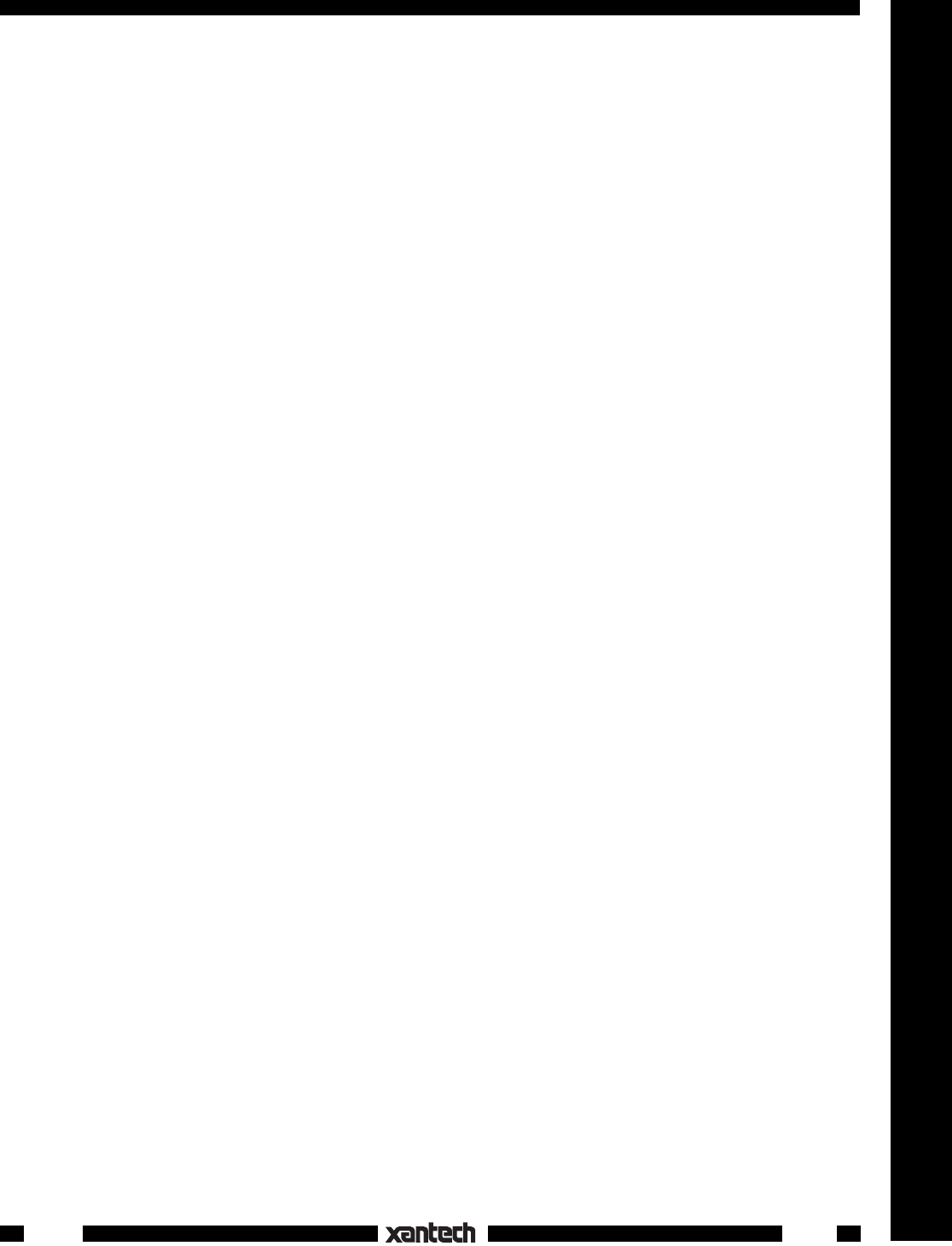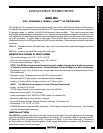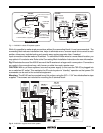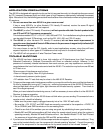
IR Receivers
3
480-80
APPLICATION PRECAUTIONS
The 480-80 is designed with special circuitry so that is has great immunity to infrared interference caused
by CFL (compact fluorescent light) and other types of high frequency electronically ballasted fluorescent
lights. Because of this, the following precautions must be taken into consideration when using these special
IR receivers:
1.
Do not use more than one 480-80 in a given room or area!
If two or more 480-80's, (or other Xantech CFL friendly IR receiver) receive the same IR signal
simultaneously, the system will not respond.
2.
The 480-80 (or other CFL friendly IR receivers) will not operate with older Xantech products that
use 679 and RC16 Programmer commands!
This includes models 670, 671, 676, 677, 680, 686 and RT16. For installations using these products,
use standard Xantech IR Receivers, such as the 291, 480, 490, and 780-10 series.
3.
The 480-80 (or other Xantech CFL friendly IR receivers) do not have much improvement in
operation over the standard Xantech IR Receivers in the presence of magnetically ballasted (60
Hz) fluorescent lighting.
You may choose to use the CFL friendly units in most applications anyway, since they will have
superior rejection to other types of IR interference that may exist in the same installation.
4.
The 480-80 will not operate in 2-wire Phantom Power mode.
TROUBLE SHOOTING
1. The 480-80 has been designed to have high rejection of IR Interference from High Frequency
Ballasted Overhead or Compact Fluorescents and Direct or reflected sunlight. However, in the
presence of extremely intense interference from such sources, you may experience a reduction in
range between the hand-held remote control and the 480-80. The reduction may be from over 50 feet
to 15 feet or so.
Other sources of interference may be from:
• Neon or Halogen lights, Neon Art, light dimmers.
• Infrared security sensors (active types).
• RF radiation from TV sets that may be close to the 480-80 IR Receiver.
2. To improve the range under interference conditions, you need to confirm the source of the interference.
Do this by temporarily turning off TV sets, etc., reducing the exposure of the 480-80 IR Receiver to
direct sunlight and turning off all lights, light dimmers and Infrared security systems. Then check to
see if the range improves.
When you have isolated the interfering source, it will be necessary to move either it or the 480-80 IR
Receiver to improve operation.
3. If the red Talk-Back LED on the 480-80 does not blink when you are sending IR commands from a
remote control, check the following:
• Make sure the power supply is plugged securely into a live 120V AC wall outlet.
• Be sure the +12V, IR OUT and GND leads are correctly connected to the respective +12VDC, IR
IN (or SIGNAL) and GND terminals on the connecting block.
• Check to see that all the emitters you are using are good, by substituting known good emitters.
• Models 283 and 286 series emitters will flash when the remote signal is sent, when the system is
operating correctly; Models 282 and 284 series will not. Use Xantech Model 179-99 Test IR to test
for presence of signal when using the 282 and 284 series emitters.
4. If you are sure the emitters are OK, but the components do not respond, reposition the emitter(s). They
may not be located directly over the component’s infrared receiving "window". Consult the owner's
manual of the component or the manufacturer for the exact location of the infrared "window".
1-3-01
Rev.E





